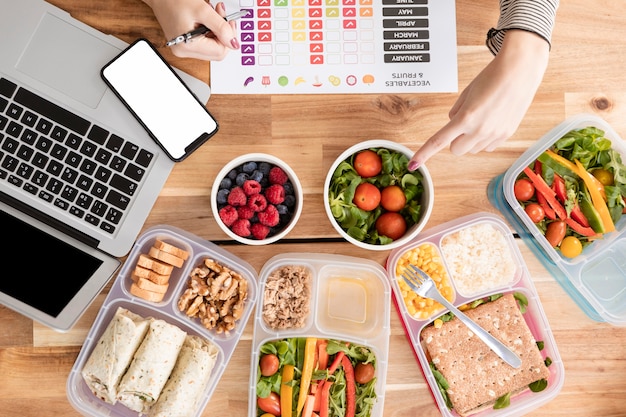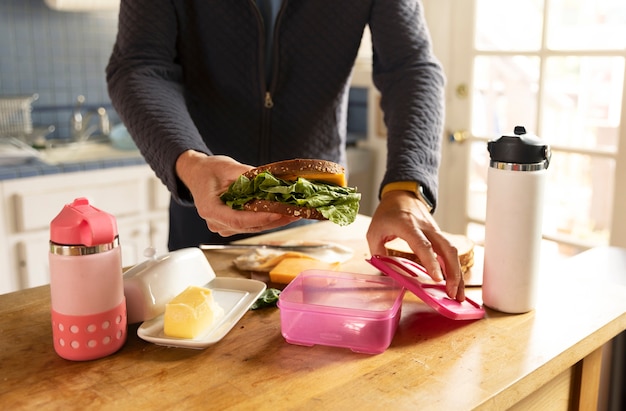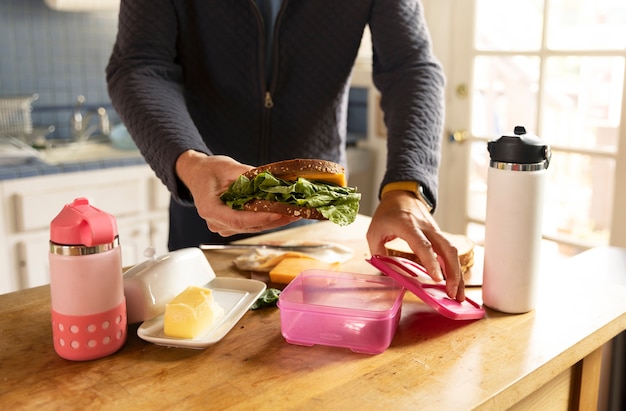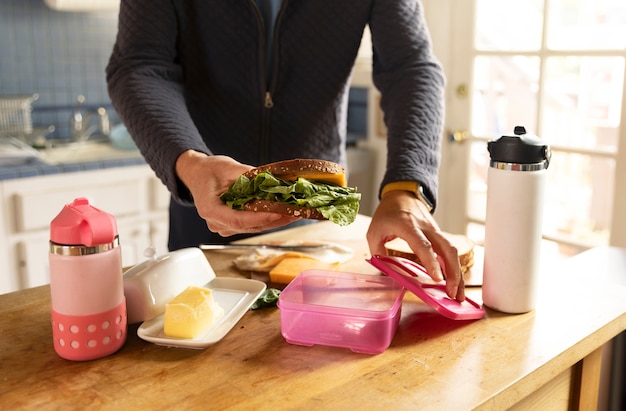Strength-Building Weekly Meal Prep: A Minimal-Equipment Guide with Targets & Safety Tips
Building strength doesn’t just happen in the gym—it starts in the kitchen. A well-structured weekly meal prep plan can fuel your workouts, support muscle recovery, and help you reach your strength goals—without requiring a fully stocked kitchen or expensive gadgets. This guide offers a practical, equipment-light blueprint for strength-focused meal prep, complete with weekly nutrition targets, simple tips, and essential safety reminders.
Why Meal Prep Matters for Strength
Consistency is key when building muscle. Your body needs a steady supply of protein, complex carbohydrates, and healthy fats to repair and grow muscle tissue. Meal prepping ensures you’re not relying on last-minute, less nutritious choices when hunger strikes. With just a few basic tools, you can prepare balanced meals that support your strength training routine all week long.
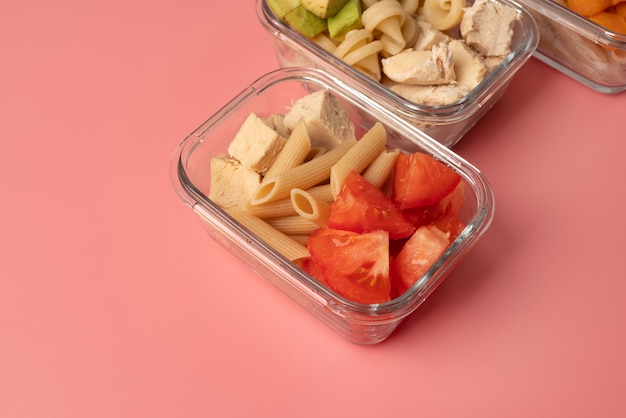
Minimal Equipment You Actually Need
- One good knife and cutting board: For chopping vegetables, fruits, and proteins.
- One large pot and one skillet: For boiling grains, cooking beans, and sautéing proteins and veggies.
- Measuring cups and spoons: Helps track portion sizes and macros accurately.
- Five to seven reusable containers: BPA-free, microwave-safe containers keep meals fresh and portable.
- Can opener and colander: Essential for canned beans, tomatoes, and rinsing grains.
That’s it. No fancy appliances required. You can cook everything from oats to grilled chicken using just these basics.
Weekly Nutrition Targets for Strength
To build strength effectively, aim for these daily benchmarks (adjust based on your weight, activity level, and goals):
- Protein: 1.6–2.2 grams per kilogram of body weight (e.g., 110–150g for a 70kg person).
- Carbohydrates: 4–6 grams per kilogram (fuels intense workouts).
- Fats: 0.8–1 gram per kilogram (supports hormone production).
- Calories: Slight surplus (250–500 above maintenance) if gaining muscle.
- Hydration: At least 2.5–3.5 liters of water daily.
Spread protein intake evenly across 3–4 meals to maximize muscle protein synthesis.
Sample Weekly Meal Prep Plan (Equipment-Light)
Here’s a simple, repeatable structure using affordable, accessible ingredients:
Day 1: Batch Cooking
- Cook 1 cup dry quinoa or brown rice (yields ~3 cups).
- Roast two trays of mixed vegetables (bell peppers, zucchini, onions) with olive oil and spices.
- Grill or pan-sear 500g of chicken breast, tofu, or lentils.
- Hard-boil 6 eggs for snacks or additions.
- Portion into containers: base + protein + veggies.
Days 2–7: Mix and Match
Reheat and customize meals using leftovers:
- Add avocado slices for healthy fats.
- Top with salsa, Greek yogurt, or tahini for flavor.
- Swap in canned tuna, black beans, or cottage cheese for variety.
- Prepare overnight oats with milk, chia seeds, and berries for breakfast.

Smart Meal Prep Tips
- Start small: Prep 3–4 days’ worth if you’re new to avoid waste.
- Use frozen veggies: Just as nutritious, often cheaper, and pre-chopped.
- Label containers: Include date and contents to track freshness.
- Season wisely: Use herbs, spices, lemon juice, and vinegar instead of high-sodium sauces.
- Store properly: Keep meals in the fridge for up to 4 days or freeze extras.
Safety Reminders
- Practice food safety: Wash hands, separate raw meats, and cook proteins to safe internal temperatures.
- Cool food quickly: Divide large batches into smaller containers before refrigerating to prevent bacterial growth.
- Avoid cross-contamination: Use separate cutting boards for raw meat and produce.
- Check expiration dates: Especially on dairy, eggs, and pre-cooked items.
- Reheat thoroughly: Heat meals to at least 74°C (165°F) to ensure safety.
Final Thoughts
You don’t need a gourmet kitchen or a personal chef to eat for strength. With a few essential tools, a clear nutrition plan, and a couple of hours on the weekend, you can set yourself up for success all week. Focus on whole, minimally processed foods, hit your protein targets, and prioritize food safety. Over time, this consistent approach will support better performance, recovery, and muscle growth—without the clutter or complexity.
Start simple, stay consistent, and let your meals work as hard as you do.







